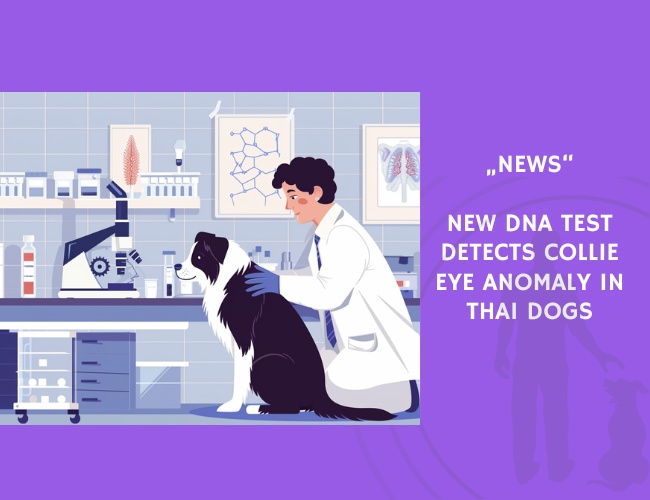Scientists in Thailand developed a new DNA test to detect Collie Eye Anomaly in dogs. This genetic disorder can now be identified with higher accuracy and lower cost than before.
Collie Eye Anomaly (CEA) is a congenital eye disorder caused by a deletion in the non-homologous end-joining factor 1 (NHEJ1) gene. While it’s well-known among breeders of Collies and related breeds, data on its prevalence in Asia has been limited—until now.
A 2022 study by Chommanad Lerdkrai and Nuch Phungphosop introduced a novel multiplex PCR test designed to screen for this genetic defect in Thai dogs. Using samples from 224 purebred dogs across five breeds, they assessed the prevalence of the NHEJ1 mutation and confirmed results with direct DNA sequencing.
The mutation was most common in Rough Collies, where over 80% carried the faulty gene. Border Collies, Australian Shepherds, and Shetland Sheepdogs showed much lower frequencies, and Thai Ridgeback Dogs were unaffected.
Importantly, the new test was shown to be highly accurate, reproducible, and cost-effective, making it a promising tool for breeders and veterinarians alike. The authors emphasize its value in early diagnosis and breeding program decisions, particularly in regions like Thailand where genetic screening has only recently gained traction.










